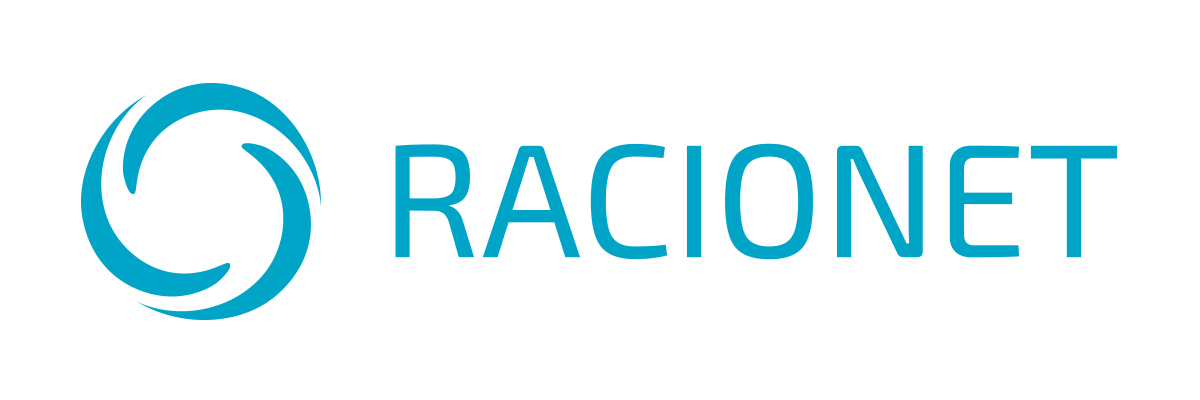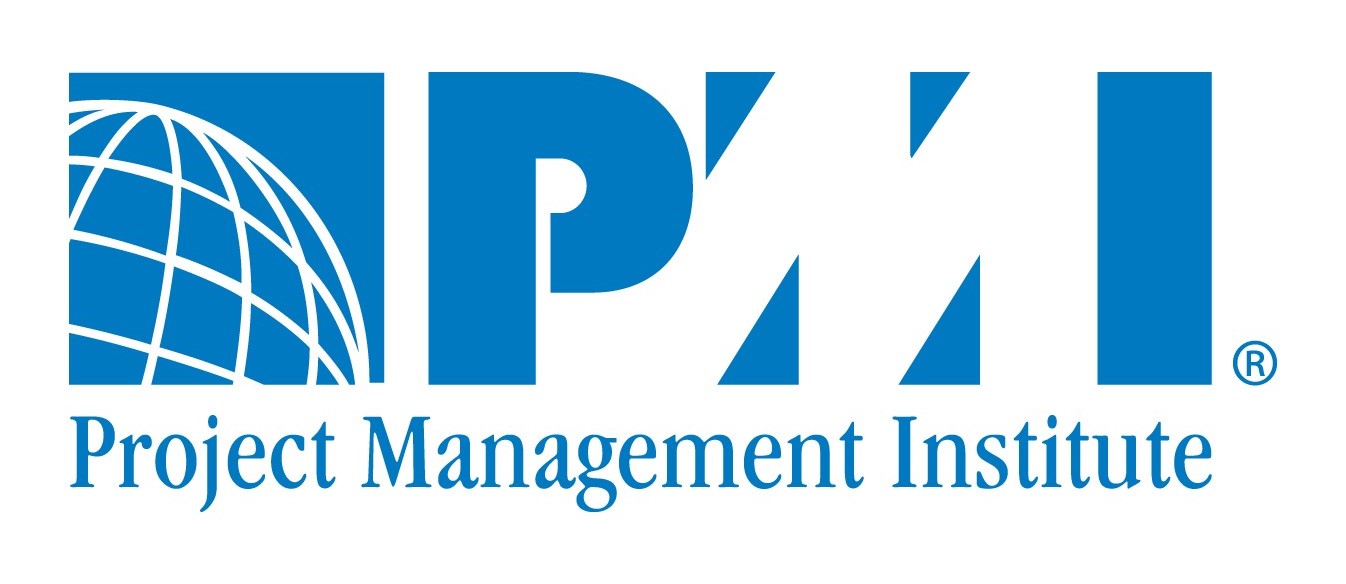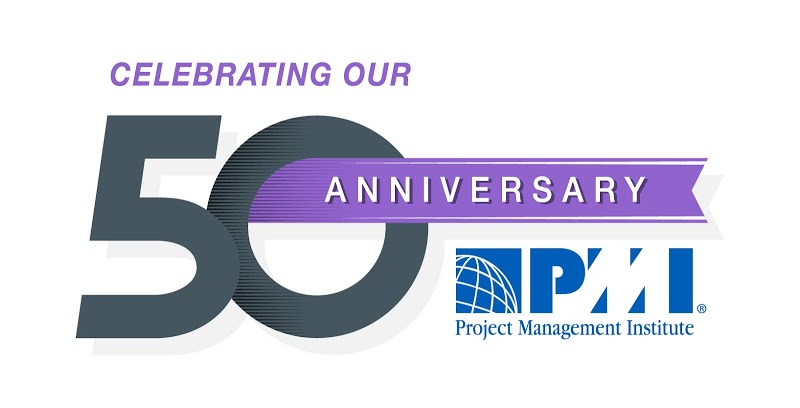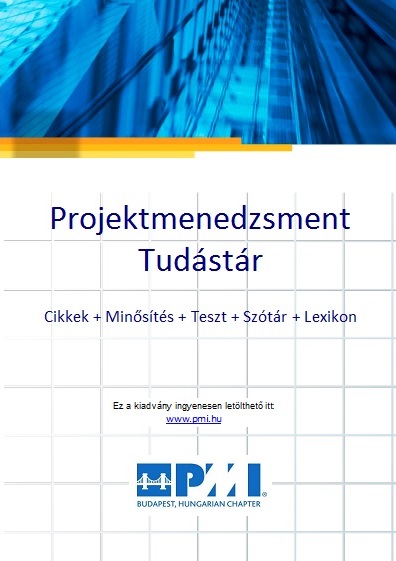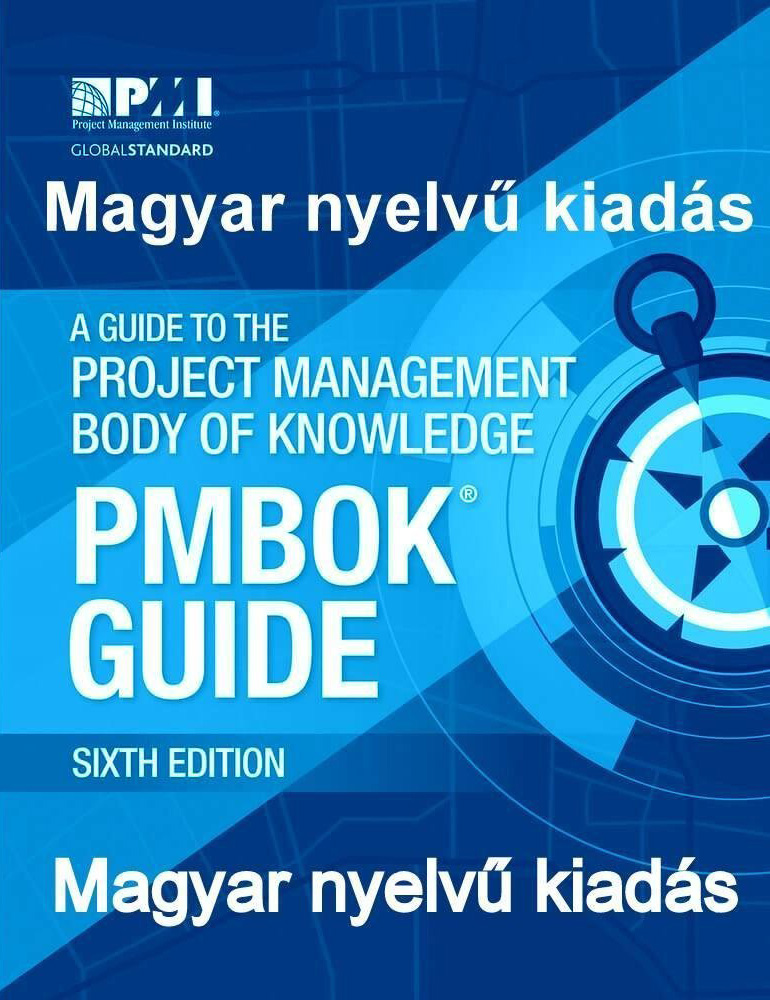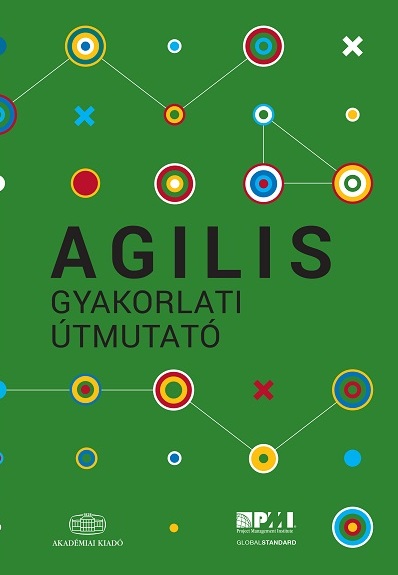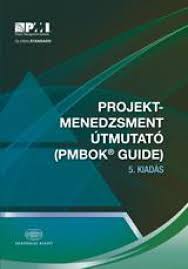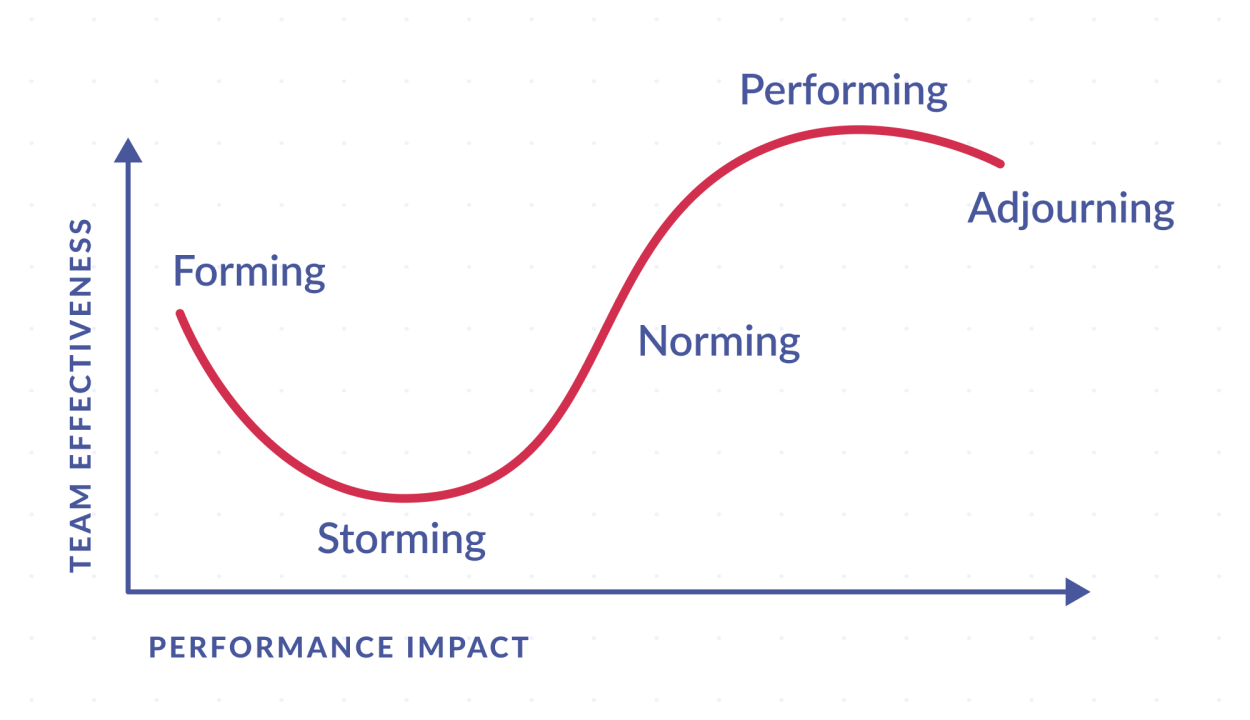 Author: Stephanie Jaeger, PMP, BBA, PMO and Project Process Specialist - I have had varied experiences with team building, and team building activities. I started dreading the competitive sports versions of team building since there is always someone who ends up being victimized by the losing team.
Author: Stephanie Jaeger, PMP, BBA, PMO and Project Process Specialist - I have had varied experiences with team building, and team building activities. I started dreading the competitive sports versions of team building since there is always someone who ends up being victimized by the losing team.
To me, these sports events are not necessarily the best team building activities. Often at least one team member will feel left out, because they can’t do certain things, or maybe unable to. Hence I have been spending a lot of time thinking about team building. I have long been asking myself what team building really is. In several places I worked in, team building was never a priority, yet in one company, following the German law, turned into the best team building accidentally. I will explain this further down in the text.
Living and working in a culture, where team building and team bonding is often seen as an unnecessary cost and something that is done by an outside provider maybe once a year, it is difficult to bring in a team culture. Hence I have been reflecting on what brought the team closer together in the teams I worked in. Activities that go beyond the average externally facilitated team building event and are simple to do.
As project managers we are usually given a team to work with, that may or may not have been working together previously. And from the word “Go” the team is expected to perform together harmoniously whether they have other responsibilities or not. In my environment, there is never even a thought spared to team building/team bonding, leave alone a budget allocated. However, since building your team is part and parcel of your resource management plan in project management, we need to become creative and come up with little low-cost things we can do, to shape our team into a cohesive unit that works together and trusts each other.
PMBOK Guide has dedicated a whole chapter on developing your team and identified the following stages a project team usually evolves through:
As a project manager, your responsibility is to shape this group of individuals allocated to you for the project into a cohesive performing group as fast as possible. So how do we get this group through the previous stages into stage 4?
The first step is to understand, that this is a necessary process and you have to facilitate it. This requires conscious planning since it does not happen by itself. Also, individuals may take a different length of time and effort to move from one stage into the other. You need to look out for delays and check-in with the individual to find out what is happening. For example, personality conflicts may play a role, or personal problems, feelings of being left out or not fitting in. In my environment, even issues like people talking in their tribal language, which some team members do not understand can cause issues.

Here are a few tips that have worked for me:
1. Start with deeper introductions:
During the first meeting as a team, you need to plan ample time for people to get to know each other. A round where everybody introduces himself and his role in the project is a good start. Let them also share one unique fact about themselves which the others do not know yet. Things like “I am a marathon runner”, “I have 5 children”, “I love hiking”, “I am playing the violin in the town orchestra”, whatever they are passionate about. You need to explain this and lead by example. This usually gives a reason for a good laugh as a group and already loosens the atmosphere.
2. Do a session on personal Values:
I usually follow step 1 with a round on what our personal values are. Let everyone share 3 of their values and what these mean to them. Of course, you need to lead by example, to show them that it is ok to share such personal things. Then talk about the company values and have a quick discussion on how the individual own values align with the corporate values. It is important for the team to realize that the values do not need to be the same in order to align.
3. Create a Team Charter:
Discuss as a team how you want to work together. How you will interact and treat each other, whether phones are on during meetings or not etc. Make sure all team members take part in the discussions. Then make a poster with the team charter written on it and hang somewhere where all can see it.
This should also include how you will address conflicts and how you will celebrate together.
4. Discuss the project with the team and work on the risk analysis and stakeholder analysis together
Apart from giving you insights and points to ponder that you might not have seen yourself, this will also help the team to realize that you are in this together and that you value their input. Discuss how the risks can be tackled, encourage the team to share their experiences. Let them talk about their thoughts and concerns about stakeholders, then plan together how to handle each stakeholder.
Later dedicate time during each progress meeting as a team (not the meetings, where the client and external stakeholders participate), where you discuss these points further and update each other.
5. Bond with your Team:
Use your imagination how the team can get to know each other quickly. I often work with a lunch or dinner or at least a coffee session, wherein a relaxed atmosphere you get to know each other. During this bonding session you should not discuss the project but simply have fun together.
If there is no real budget, plan for a session in the office, where you have at least some tea and something to bite. Most companies will be able to find a budget for that. I often bring homemade cakes, which makes the team feel special and keeps the budget low.
The story I mentioned in my introduction to the article, were following the German Law turned out to be the best team building, falls here. I worked for a German employer, which followed the German law, that every employer has to give their employees an outing a year. In this case, the outing had evolved over the years into a 4 day trip to the Coast. Employees contributed for the cost of one night, raised funds together for the second night and the employer paid for the 3rd night and the transport. The fundraising activities, where already good times for team building, since we were catering for functions and suddenly we found ourselves serving food and manning the bar during these events. This let too many good laughs together, doing things we did not usually do. We were not paid for this extra work, but we all knew the money raised was for our trips, hence motivation was high.
During one of the trips, we realized that several of our colleagues did not know how to swim, yet they wanted to play water polo with us. So one colleague came up with an idea and discussed it with the swimming coach, who was one of us. The coach quickly organized the rest of us swimmers, and the same day we already offered team swimming lessons for those who did not know how to swim. This was a lot of fun and brought us much closer as a team than any dancing evening or dinner ever could. Achievements of every individual were celebrated immediately and spontaneously. Even though I left this employer 9 years ago and many others left as well, we are still close as a team and keep checking up on each other.
6. Give your Team a chance for Input:
It is important that you have regular meetings with the team and the team alone, senior managers of the organization and any other stakeholder should not be there since you want to have an atmosphere, where team members feel free to contribute. Discuss the progress openly and honestly, discuss issues the team is facing and even conflicts arising. Then you discuss these together and come up with solutions together. Don’t fall into the trap where you think you need to have all the solutions and you are to advise them. Discuss each suggestion as a team and find a way of deciding together what you want to do.
7. Identify and resolve Conflicts:
In many cultures people do not easily identify conflicts as such and most certainly do not like discussing them. I have encountered many situations where there are some underlying conflicts that people have not identified as such. These can then often hinder progress since there is subconscious resentment. In one situation we had 2 guys on a leadership team talking badly about the other, in that person’s absence. When asked about it, they both assured me they have no issue and they are fine with the other person. Both thought it was the other person who had the issue with them. Only with extensive gentle probing in many individual conversations did I find out that both had some feeling of competition and a feeling that the other is getting the better deal. I repeatedly requested both to sit down with the other to sort this out and to learn to live with each other in the team situation. However, both refused when I talked to them. Both times we ended the discussion by me pointing out that their strong reaction to my suggestion they should meet the other person, shows that there is an issue and they are in denial. Before it could escalate any more, I then confronted them now in front of the team, together and asked them to sort themselves out before it affects the team. Since all were aware of the situation and it was affecting teamwork, the rest of the team also told them they need to sort it out. It did work and we were working better together in the future. In other situations in different teams, I have also had it work, during the earlier stages, when I talked to each person separately.
8. Celebrate together:
Take a chance to celebrate the important things happening in the team members lives. Celebrate birthdays, celebrate birth in a family, attend each other’s weddings, celebrate graduations and achievements. This does not need to be expensive, write a card as a team, have a cake, put your money together to buy a small gift. Just make sure this happens for all team members equally.
But also support each other during the tough times, be there for each other during funerals and sickness in the family.
There are many other things you can do to bond as a team together. It does not need to be expensive, no need for external facilitation and full day excursions. Just be creative and find ways to get your team to talk to each other. Create an atmosphere where they feel they can talk together and open up to each other. They need to learn to trust each other and keep each other’s trust.
You as the team leader and project manager need to purposefully create an atmosphere of openness and trust. At the same time you need to keep on the lookout for conflicts and situations that hamper the team effort. Then it is your responsibility to ensure it is resolved, even if parties are hesitant to do so. This takes effort and a lot of individual discussions, but you will in the end have a team you can be proud of. Having a cohesive team that performs well together will save time and money, since conflicts will be few and far between.










